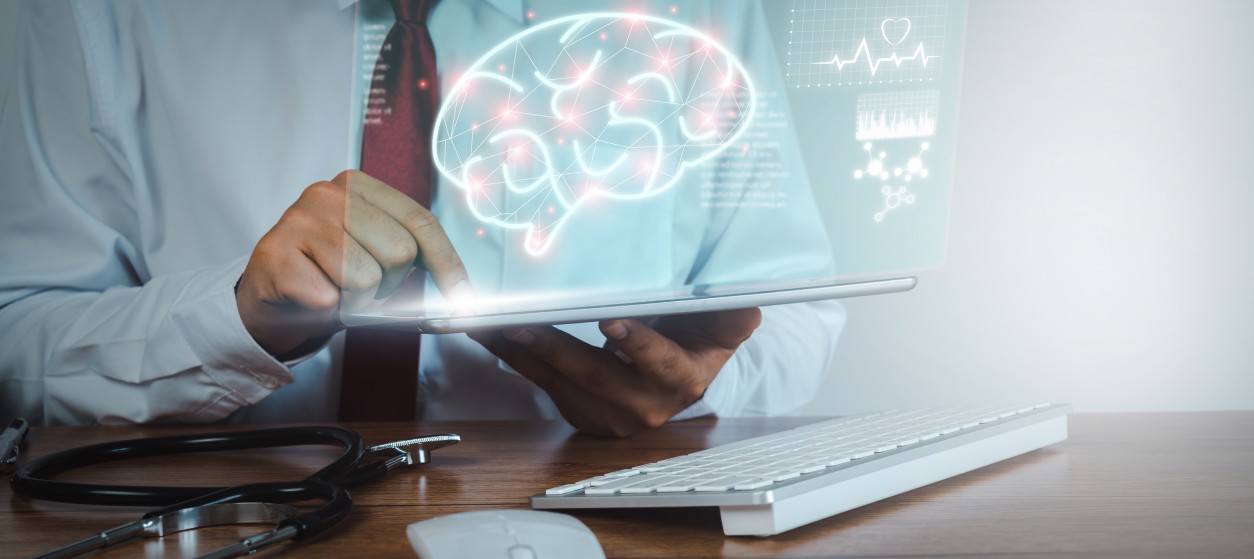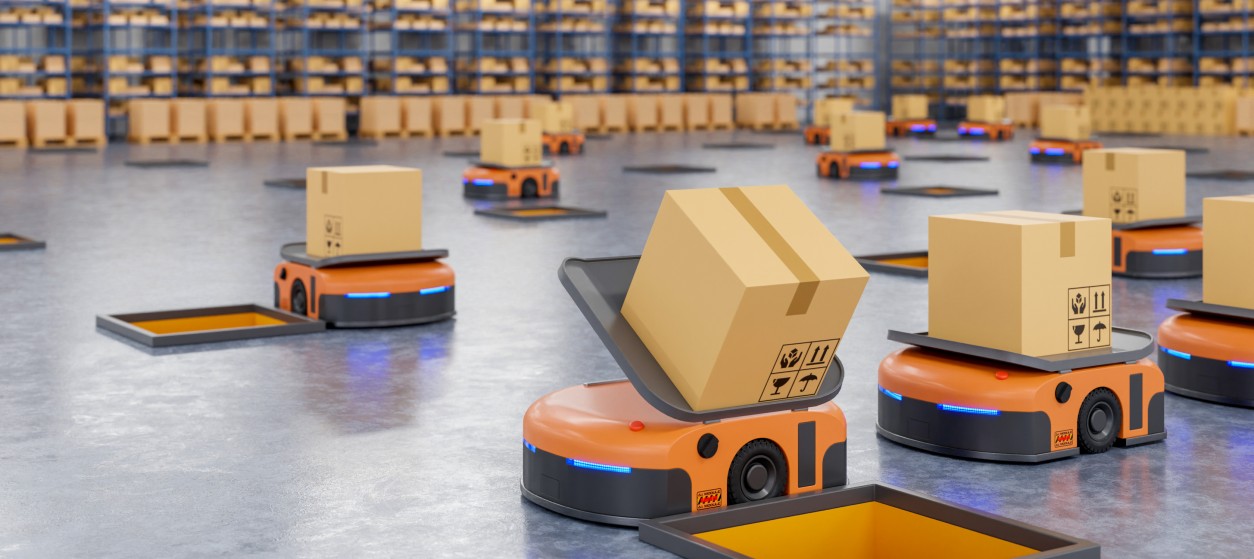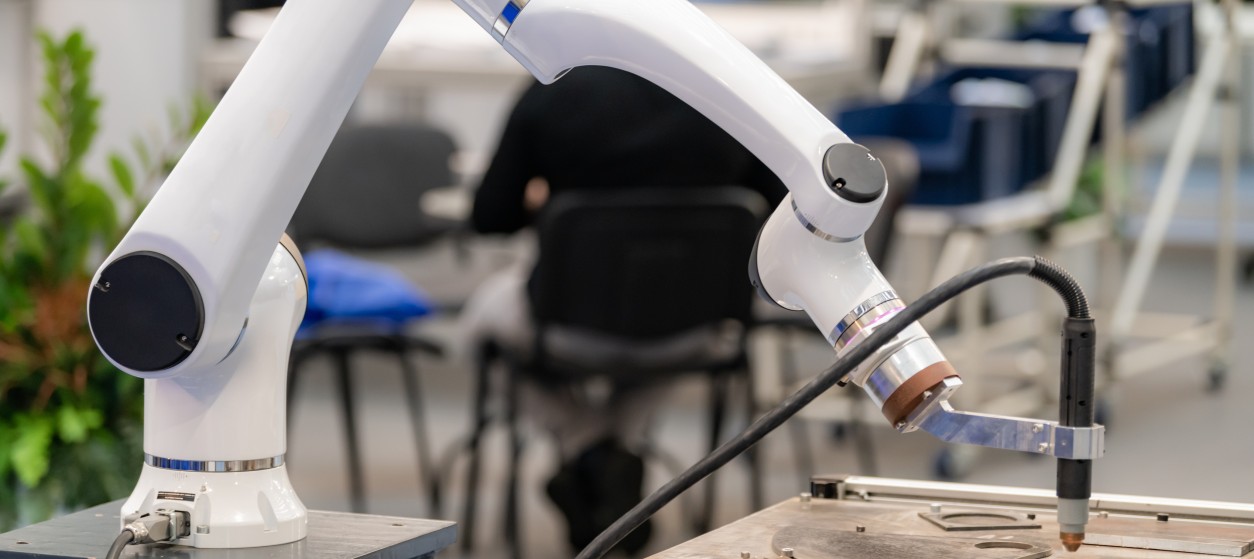A medical device is any instrument, apparatus, machine, software, implant, or other similar article that is intended for use in a medical process, such as the diagnosis, treatment, or prevention of a disease. Medical devices range from simple tools like tongue depressors and stethoscopes to sophisticated devices such as pacemakers, artificial joints, and diagnostic imaging equipment.
Medical devices are generally specialized and different from consumer devices like smartwatches. Specifically, medical devices are subject to regulatory oversight that is destined to ensure their safety and effectiveness. Furthermore, medical devices must meet certain performance standards before they can be marketed and used in clinical settings. Medical devices are also subject to rigorous testing and validation processes to ensure their safety and effectiveness. On the other hand, consumer devices are designed for general use and entertainment purposes. For instance, while some smartwatches may have health and fitness tracking features, they are not intended for use in clinical settings, as their accuracy and reliability is not typically sufficient for medical applications. Most smartwatches and other wearable devices are not subject to the same level of testing and regulatory oversight, which is the reason why they cannot meet the same performance standards as medical devices.
Once upon a time, the term medical device was portrayed as a hardware system. As already outlined, nowadays, there are medical devices that are based on software systems as well. Such software systems may include software implementations of machine learning models and data analytics schemes. In recent years, the growth of Artificial Intelligence (AI) in healthcare has given rise to a new type of medical devices that use AI to analyze medical data. These devices are conveniently called AI-based medical devices and are increasingly used to provide diagnostic or therapeutic recommendations. Such AI-based devices are used in a variety of medical application areas, including radiology, pathology, cardiology, and neurology, among others.
Examples of AI-based Medical Devices
The most prominent types of medical devices that leverage embedded machine learning functions, include:
- Diagnostic imaging devices: Machine learning algorithms can be used to improve the accuracy of diagnostic imaging devices like MRI (Magnetic Resonance Imaging) machines, CT (Computed Tomography) scanners, and X-ray machines. For instance, ML algorithms can be used to automatically identify and analyze abnormalities in medical images. Common types of such abnormalities are tumors and lesions.
- Certified Wearable health monitors: Wearable health monitors (e.g., fitness trackers) can act as medical devices following proper certification. They typically use machine learning algorithms to track and analyze health data, such as heart rate, sleep patterns, and activity levels. These devices can provide insights into an individual’s health status and help to identify potential health risks.
- Clinical decision support systems: Machine learning algorithms are commonly used as part of clinical decision support systems that help healthcare providers make more accurate and informed treatment decisions. For example, ML algorithms can be used to analyze patient data and provide treatment recommendations based on that data.
- Medical robots: Medical robots incorporate ML algorithms to improve their ability to perform surgical procedures and other medical tasks. By means of selected machine learning algorithms they can be used to improve the accuracy and precision of robotic surgical systems.
- Drug delivery devices: ML algorithms are also used to optimize drug delivery devices, such as insulin pumps or implantable drug delivery systems. For instance, ML models can be used to analyze patient data and adjust drug dosages.
The above list of AI-based medical devices is non-exhaustive. AI is a rapidly growing field in healthcare, which is the reason why we expect to see more AI-based medical devices in the near future.
Classification and Certification of Medical Devices
As already outlined, medical devices are subject to strict certification and validation processes. These processes consider the intended use and level of risk of the device. Specifically, medical devices are categorized into the following three classes:
- Class I devices are considered low-risk and are subject to the least amount of regulatory oversight. Examples of Class I devices include bandages, dental floss, and bedpans.
- Class II devices are considered moderate-risk and are subject to more regulatory oversight than Class I devices. Examples of Class II devices include surgical instruments, powered wheelchairs, and certain types of diagnostic imaging equipment.
- Class III devices are considered high-risk and are subject to the most rigorous regulatory oversight. Examples of Class III devices include pacemakers, artificial heart valves, and implantable defibrillators.
AI-based medical devices can therefore be classified in one of the above-mentioned classes based on an assessment of their potential risks. The classification of an AI-based medical device is determined by regulatory agencies such as the U.S. Food and Drug Administration (FDA) and the European Medicines Agency (EMA). These regulatory authorities supervise the proper regulation and validation of medical devices, which are essential to ensure the devices’ safety and effectiveness. In principle, medical devices are certified by regulatory agencies in different countries or regions, depending on where the device will be marketed and used. In U.S, the FDA requires that medical devices undergo pre-market clearance or approval before they can be sold in the U.S. Likewise, in Europe, all medical devices are subject to the requirements of the Medical Devices Regulation (MDR). The MDR requires that medical devices undergo conformity assessment and receive a CE marking before they can be sold in the European Union (EU). Another prominent medical devices’ regulation in Europe is the IVDR regulation, which stands for In Vitro Diagnostic Medical Devices Regulation. It is intended to ensure the safety and performance of in vitro diagnostic (IVD) medical devices, which are used for the diagnosis of diseases, infections, and other medical conditions.
Other countries have their own regulatory agencies that oversee the certification of medical devices. For example, in Canada, medical devices are regulated by Health Canada and must be licensed before they can be sold in Canada.
The certification process typically involves testing and validation to ensure that the device is safe and effective for its intended use. In the case of AI devices, the certification process must consider peculiar requirements that stem from the use of AI technology. Specifically, the trustworthiness of the deep neural networks or of other deep learning models used must be ensured. Likewise, it is important to identify potential biases on the datasets that are used to train the AI algorithms. Also, AI-based medical devices must offer strong cybersecurity, including protection against attacks that compromise the AI part of the device. Such attacks include for example poisoning and evasion attacks against neural networks and other types of machine learning systems.
Overall, the certification of devices that use ai in medical fields is an important process that helps to ensure their safety and effectiveness in clinical use. It is essential that medical devices are properly tested and validated before they are marketed and used, to ensure that they provide benefits without causing harm to patients. Vendors of AI-based medical devices must therefore study and consider regulatory requirements and costs in their business and marketing plans. However, once they manage to get their AI device(s) certified, they will be offer with significant business opportunities to penetrate and excel in the healthcare market.











Excellent article! We will be linking to this great post on our site.
Keep up the good writing. https://Bandur-art.blogspot.com/2024/08/the-ultimate-guide-to-no-mans-sky-mods.html
I every time used to read piece of writing in news paperss but now as I
am a user of net soo from now I am using net for content, thanks to web. https://Asamigames.com/
Hey! Do you know if they make any plugins to assist
with Search Engine Optimization? I’m trying to get my blog to rank for some targeted keywords but I’m
not seeing very good success. If you know of any please
share. Kudos! You can read similar article here: Eco bij